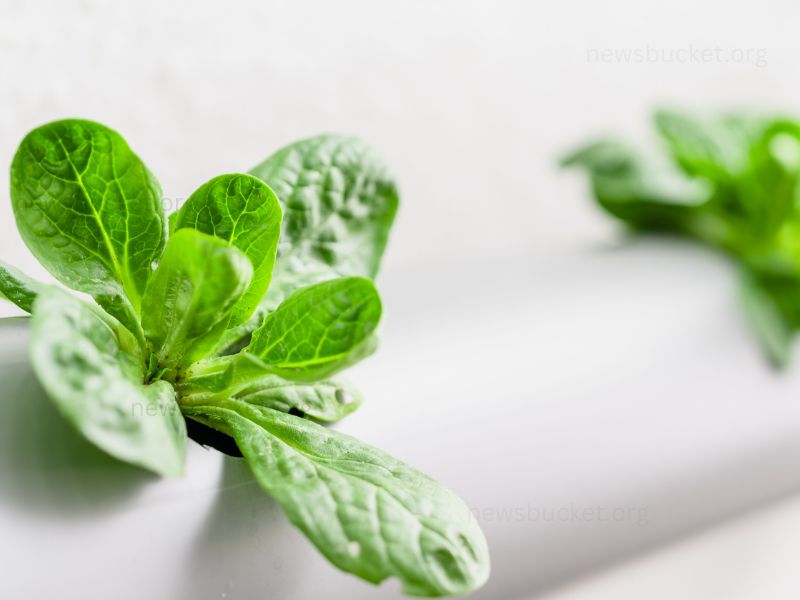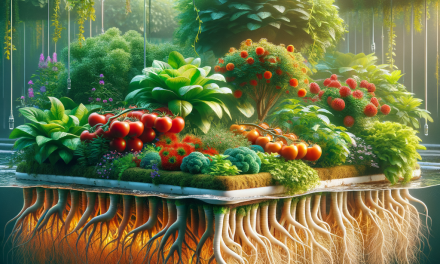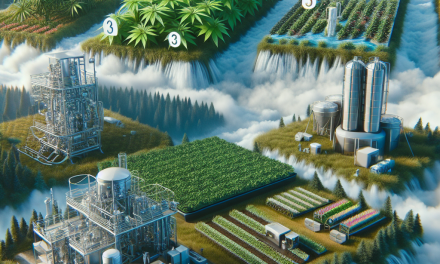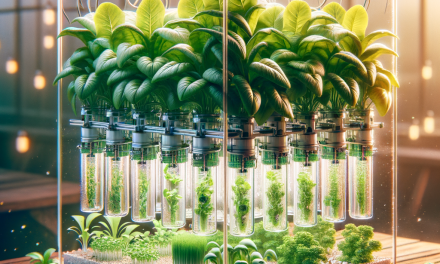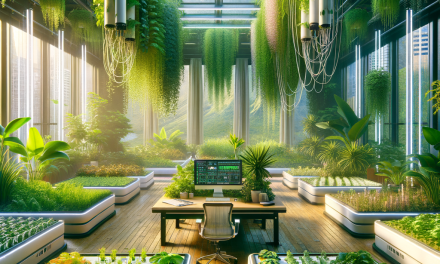Brief History of Hydroponics
The Hanging Gardens of Babylon, one of the Seven Wonders of the Ancient World, are said to have been built around 600 BCE and are the beginnings of hydroponics. The Aztecs of Mexico also practiced hydroponics, which entailed building floating crops on top of small lakes. Yet, contemporary hydroponics did not emerge until the nineteenth century. Julius von Sachs, a German botanist, conducted experiments in which he cultivated plants in nutrient-rich water in 1860. Later, in the 1930s, William Frederick Gericke, an agricultural professor at the University of California, invented the first effective soilless growing method that used fertilizer solutions. Since then, hydroponics has evolved and grown in popularity as a way of cultivating plants in both commercial and residential settings.
How Does Hydroponics Work
Hydroponics is a method of growing plants without soil, using nutrient-rich water solutions to deliver essential nutrients directly to their roots. This approach offers several advantages, such as faster growth, higher yields, and more efficient use of water and nutrients. Here’s a basic overview of how hydroponics works:
Nutrient solution
In hydroponics, plants receive all their required nutrients from a carefully balanced water-based solution. This solution typically contains essential macro and micronutrients, such as nitrogen, phosphorus, potassium, calcium, magnesium, sulfur, and trace elements like iron, manganese, and zinc.
Growing medium
Since there’s no soil in hydroponic systems, plants need an alternative medium to anchor their roots. This medium can be inert (not providing any nutrients) and can include materials like coconut coir, perlite, vermiculite, or rockwool. The primary function of the growing medium is to provide support, retain moisture, and allow for proper oxygen exchange around the roots.
Water and oxygen
Proper oxygenation of the nutrient solution is crucial for healthy plant growth. A well-oxygenated solution ensures that the roots have access to both water and oxygen, preventing root rot and promoting optimal nutrient uptake. This can be achieved through methods like air stones, diffusers, or simply ensuring adequate circulation and agitation of the nutrient solution.
Light
In hydroponics, plants need an appropriate light source for photosynthesis, which is the process by which they convert light energy into chemical energy to fuel their growth. This can be achieved using natural sunlight or artificial lighting systems, such as LED, high-pressure sodium (HPS), or metal halide (MH) lights.
Environmental control
Environmental conditions, including temperature, humidity, and CO2 levels, play a significant role in plant growth. Hydroponic systems often include control systems to monitor and adjust these factors, ensuring optimal growing conditions for the plants.
In summary, hydroponics works by providing plants with a carefully balanced nutrient solution, an inert growing medium, adequate light, and controlled environmental conditions. This method allows for precise control over the growing process, resulting in faster growth, higher yields, and more efficient resource use.
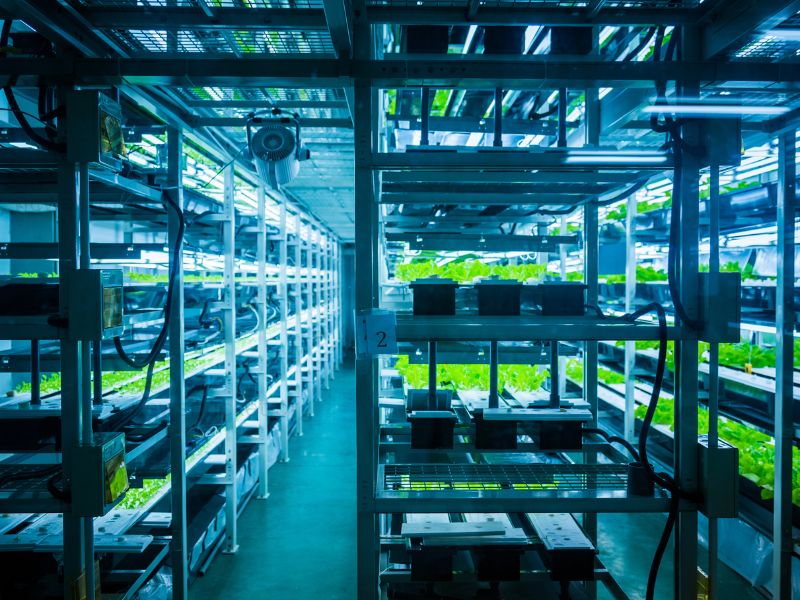
Hydroponic Systems
Here’s a brief overview of each hydro system:
Deep Water Culture (DWC) System
Plants are hung over a nutrient-rich fluid in a container in the DWC system. The roots of the plant dangle in the fluid, receiving the nutrients they require. An air pump adds oxygen to the solution, which encourages healthy root development. This system is simple to install and maintain, making it excellent for novices.
Drip System
For commercial growers, the drip system is a common hydroponic method. It entails pouring the nutritional solution over the plant’s roots at predetermined intervals. Excess solution is drained back into the reservoir and reused. This technology enables accurate nutrition and water management, leading to quicker growth and larger harvests.
Ebb and Flow (Flood and Drain) System
The Ebb and Flow technique includes flooding the growth medium with nutrient solution for a predetermined amount of time before draining it back into the reservoir. This system is popular among novices since it is simple to set up and maintain. It is extremely adaptable, since it may be used with a wide range of growth media.
Nutrient Film Technique (NFT) System
The NFT system consists of a shallow tray with fertilizer solution and plants growing on a sloping channel. The fertilizer solution pours over the roots, supplying the nutrients they require. Excess solution is drained back into the reservoir and reused. This technique is perfect for tiny plants like lettuce and is simple to set up and maintain.
Aeroponic System
The Aeroponic technique includes hanging plants in the air and spraying nutrient-rich mist on the roots. This technique needs close monitoring since the roots might soon dry out without proper misting. Nonetheless, it is more efficient than conventional hydroponic systems, with faster growth rates and larger yields.
Finally, hydroponics is a highly effective way of growing plants without the use of soil. DWC, drip, Ebb and Flow, NFT, and aeroponic hydroponic systems each have their own distinct benefits and may be used to produce a wide range of plants. Hydroponics, which allows for exact control over nutrients and water, provides for quicker growth rates and higher yields than traditional soil-based agriculture, making it an appealing alternative for farmers and gardeners alike.
© 2016-2023 by newsbucket.org, a LIVenture LLC.
All rights reserved. No part of this document may be reproduced or transmitted in any form or by any means,
electronic, mechanical, photocopying, recording, or otherwise, without prior written permission of LIVentures LLC.
